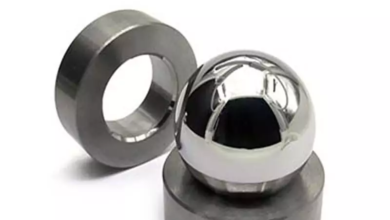Automobile Claiming patterns for valid claims

What if Michigan and New York auto accident victims who suffered soft injuries failed to submit claims for those injuries as frequently as did similarly injured accident victims in other states? We explored the possibility that the observed patterns reflect differences in the rates at which accident victims submit claims for valid injuries.
In 1986, the National Family Opinion, Inc. screened 200,000 households in a national panel to identify those in which a member had suffered an injury in an auto accident within the previous three years24 A follow-up survey of households identified as having been involved in an injury-producing accident obtained detailed information on the amounts and sources of compensation provided the injured party. Because the responses are anonymous and are not related to a claim, there is no reason to assume that respondents did not accurately report both the existence of an auto accident injury and the sources of any compensation the household received.
Table 2 shows the percent of auto accident victims who obtained compensation from their own auto insurance, some other driver’s auto insurance, or both.
Effects of other factors
We regressed the soft-to-hard index on a set of state-specific independent variables describing each state’s demography2S, road system26, criminal behaviors27, the number of lawyers per capita28, and the type of insurance system.
The regression used thirteen variables. To test the possibility that some of them may have obscured real relationships, we explored various specifications of the model. The tort state indicator was highly significant no matter what other variables we included in the regression. The only other variable that showed any consistent relationship to the soft-hard injury ratio was the fraction of the state’s population living in urban areas.
This variable was consistently positively related to the ratio of soft to hard injury claims, regardless of which other variables were included in the regression. Although the sign of this relationship was consistent, it was not always statistically significant. A regression in which the fraction urban and the tort state indicator were the only independent variables was significant at the 0.00005 level, and both the tort state variable and the fraction urban were highly statistically significant. Table 4 presents the results.
Excess claims in the tort states
In terms of the model, our estimate of the relationship between the soft claims ratio and the extent of urbanization is subject to sampling variation. We derived the variance of the estimated parameters to determine the degree to which interstate variations in the relationship between the soft claims ratio and the extent of urbanization reflect sampling variation30
The Extent of Excess Claiming
plots the hard/soft ratio against urbanization for the tort (diamonds) and verbal threshold states (squares). Tort states with roughly the same degree of urbanization have noticeably different soft-hard claims ratios. For example, the percent of the population residing in urban areas is almost exactly the same in Louisiana (68 percent) and Oklahoma (68 percent) as in Nebraska (66 percent) and Pennsylvania (69 percent).
But the soft claims ratio in both Louisiana and Oklahoma (1.98 in each) is nearly twice as large as the soft claims ratio in either Nebraska (1.09) or Pennsylvania (0.87). These differences reflect interstate differences in the proclivity to excess claims.
AI is one of the biggest tech news. We are still only in the early days of the development of AI. As the technology becomes more sophisticated, it will be applied to further develop tech-based tools, such as training machines to recognize patterns, and then act upon what it has detected. It can develop your best business times idea and you can succeed in your life goal.
Last word
The basic values and attitudes of the people who live in each state toward excess claiming and the attitudes and behaviors of individuals and organizations involved in the claiming process – plaintiffs’ and defense attorneys, medical professionals, insurance companies’ claims managers, law enforcement agencies, and so on – will affect the extent to which those involved in auto accidents submit claims for nonexistent injuries. These differences also reflect sample variations.





